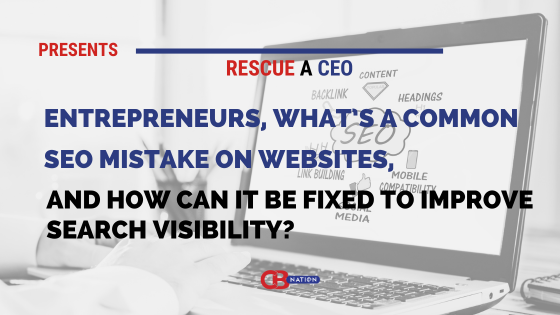According to a PEW Research Center report, 72 percent of internet users said that they look online for health information. But to convert that into calls, it requires a firm to do more than just set up a website. Healthcare firms need to establish a bigger online web presence, but healthcare marketing alone can get extremely competitive. Here are a few strategies that can be used to reach the highest possibility of success.
Paid Search
Like many other companies and organizations, healthcare systems have begun to invest more and more into paid search campaigns. Although smaller firms may have smaller budgets, it is still worth it to put money towards paid search as it can really help you convert search traffic into phone calls. Unfortunately, healthcare firms will need to be aware of HIPAA regulations as certain words aren’t allowed with Google AdWords. But the payoff for investing in paid search campaigns is completely worth it. CallRail has shown through call analytics that organic and paid searches account for nearly 70 percent of website traffic.
SEO
Along with paid search campaigns, investing in search engine optimization for your website is one of the “it” things to do to help with advertising. Since that 72 percent of internet users is heading to Bing, Google and Yahoo to find what they’re looking for, it’s important to spend a little time and money in making sure your website is at the top of the list, let alone the first page.
Not far behind SEO is social media marketing. DC Interactive Group published a report that found 41 percent of patients choose a healthcare provider based on just their social media reputation. Establish a Facebook page, Twitter account, Instagram and even a blog. Dr. Wendy Sue Swanson, MD, MBE of Seattle Children’s Hospital started the “Seattle Mama Doc” blog to help give moms childcare health advice and share her stories of being a physician. In 2013, her Twitter account was stated to be one of TIME’S Best Twitter Feeds, and she had 26,000 followers. You can imagine how much that alone will help with her firm.
Content shared on social media can include care received by a specific doctor, healthcare provider or medical facility. Other ways to engage with patients online can include sharing expertise in a respective field on sites such as LinkedIn, such as the group “Innovation in Health,” or sharing other healthcare tips to educate patients and followers.
Content Marketing
Similarly with social media, more and more healthcare firms are trying to focus on content marketing in hopes of pulling more patients away from WebMD’s monopoly on healthcare information. Start using healthcare specific directories like Healthgrades, Vitals and Doctor.com. These can help generate new leads. Add tracking numbers to paid local listings on these sites and you can accurately track the number of calls each listing is generating. Content marketing can be a bit less expensive than other marketing strategies. You can easily begin by researching the best content to publish for your blog, social media platforms and website. You can include email newsletters and online videos in the content too. Be sure to keep certificate and licenses up-to-date. Much like a restaurant will post its health code rating, a healthcare website should make sure that specific certificates and other ratings are posted. Things like ACLS recertification should be done promptly, you personally wouldn’t want to visit a healthcare provider who is behind on their recertification, so don’t be one of those providers.
Branding
Additionally with your website presence, focus on your branding and logo. Branding is what will help you stand out from the crowd, and it should be included in everything you do. Consistency is a big part of branding, so include it on every platform—Instagram, Twitter, blog, website and even in your actual buildings. Effective branding should be meaningful and requires deliberate effort to help shape and express your firm’s mission.
—
Robert Cordray is a freelance writer for Income.com and expert in business and finances. With over 20 years of business experience, Robert is now retired and hopes others can benefit from his writing.


















































 |
|